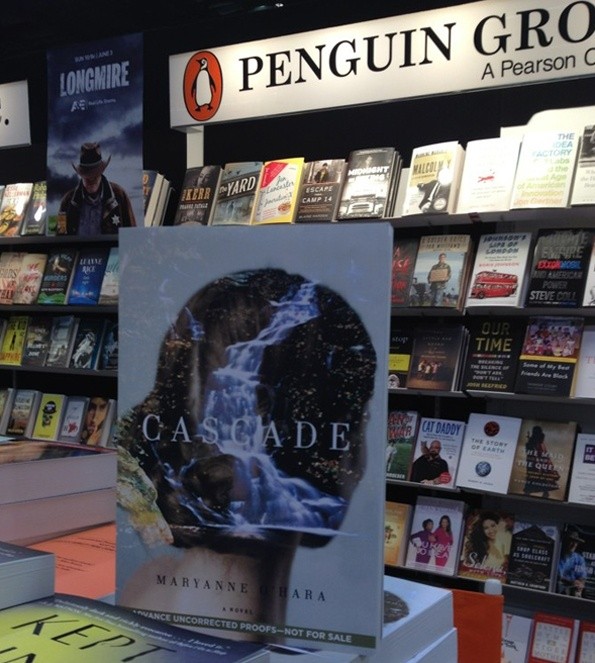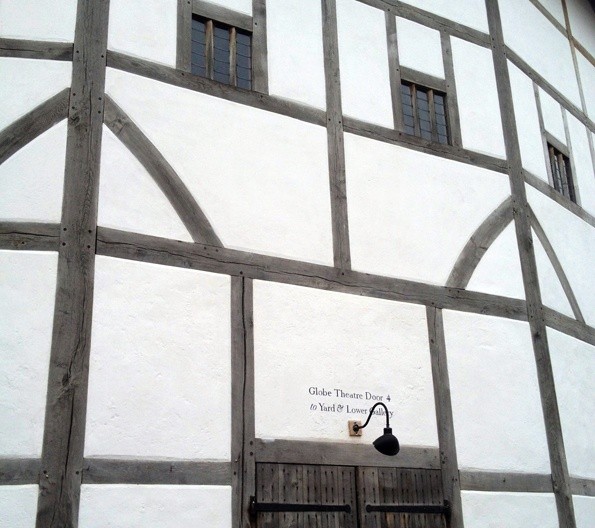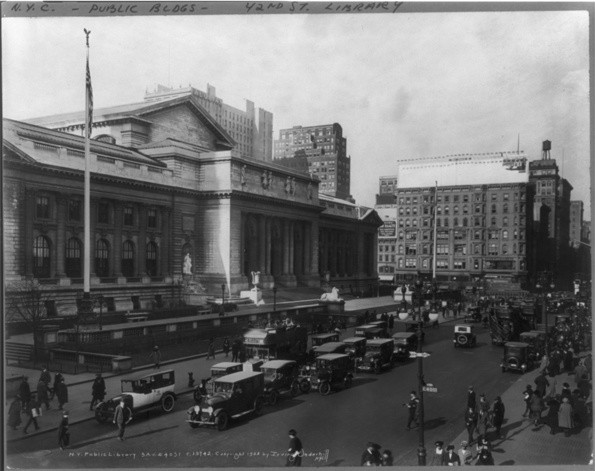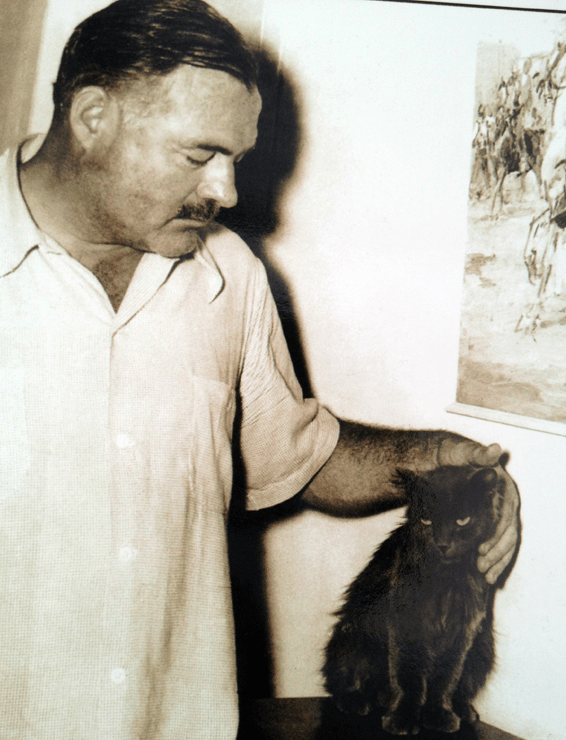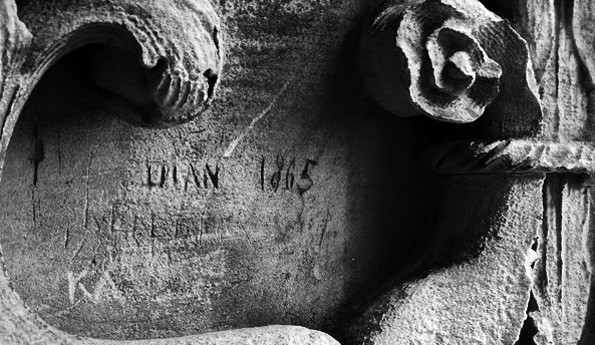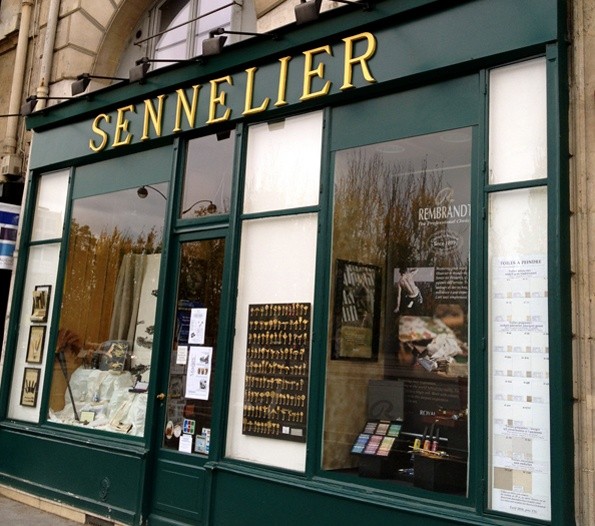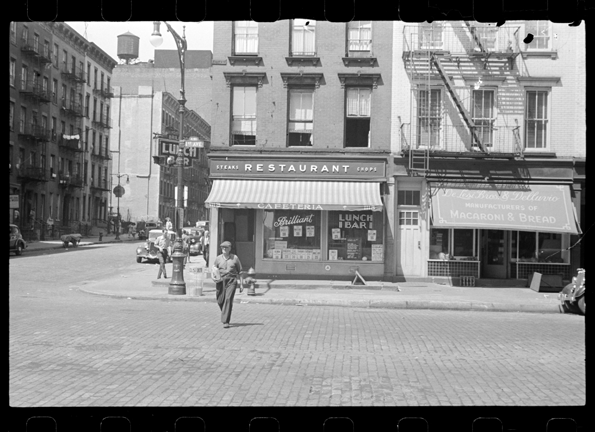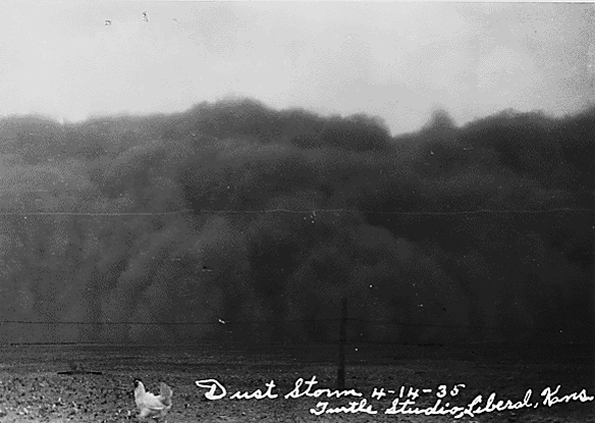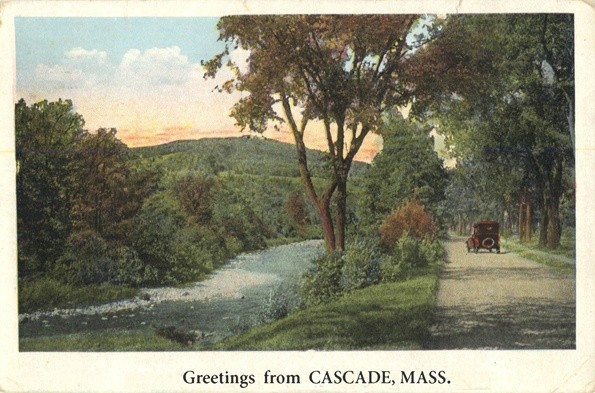Postcards related to Cascade, the book.
I received a postcard of sorts from California this past weekend. My friend, YA author Janet Tashjian, sent me this photo of galleys of my novel, Cascade, on display at the American Library Association’s annual conference out in Anaheim. I am new to novel publishing, and had no idea that my book would be out there. It was a thrill to see it looking so real and official, set against the glowing orange and white Penguin Group display.
Seeing it out in the world seemed particularly fitting because during the summer heat of last week, I spent a lot of time clearing out ‘the old’ from my attic office. I worked on Cascade on and off for the better part of a decade, and a lot of fits and starts and drafts sat in piles in my bookcase. With the book almost ready to launch, it seemed time to tidy all that paper up, discard a lot of it, and mentally move on to the next project.
But to sort through the old drafts was a revelation! I’d forgotten so much. It was surprising to see the draft of the short story that I originally thought the novel would be. There were early chapter drafts that took place entirely in the present, rather than the 1930s setting I eventually settled with. The characters had different names, and, I realized, entirely different personalities. Henry and Emilia were not the people Dez and Asa turned out to be.
But most of all, I was reminded of just how long I worked on Cascade, and how for most of that time, I had no idea that it would ever be published. Writing a novel was so uncertain; it was isolating and daunting and an act of faith. It was also wonderful—to drop into a world at will, my fingertips on the keyboard my portal to that world, exploring a time period and issues that fascinated me.
To see Cascade on that table out at the ALA conference was to realize that the book is truly on its own now. Some people will pick it up and want to read it; some will simply set it down and move on. The story will resonate with some readers and for others, not so much.
But to those for whom the book does resonate, how wonderful it is, as a writer, to be able to connect with other people like this. I received small tastes of this connection as a short story writer, and always had to blink, surprised and a bit taken aback when someone contacted me. How gratifying it is to know that yes, our writing is out there and people do receive it.
.

